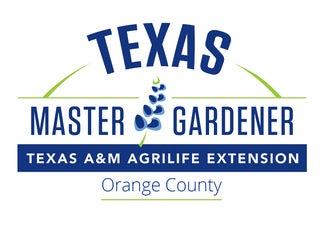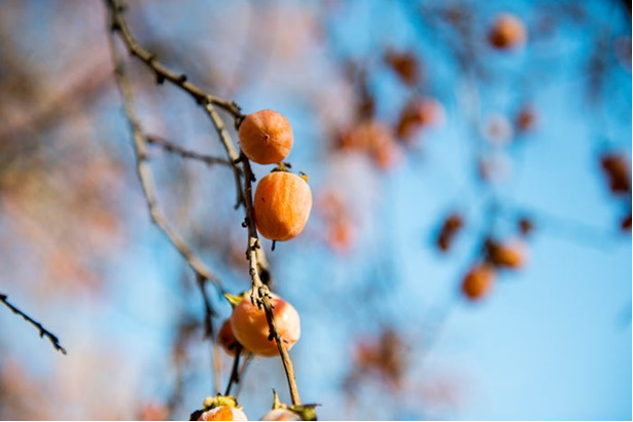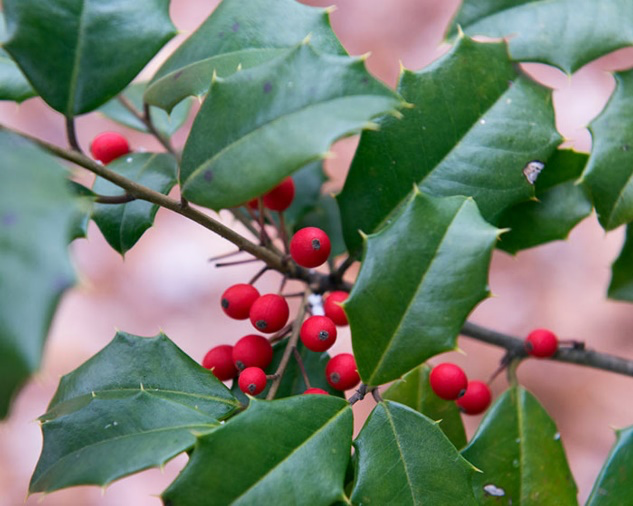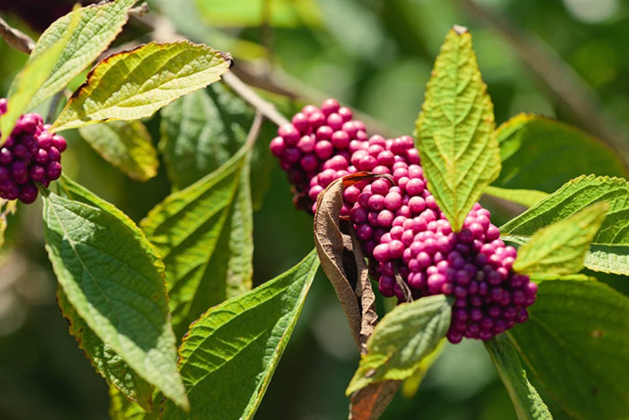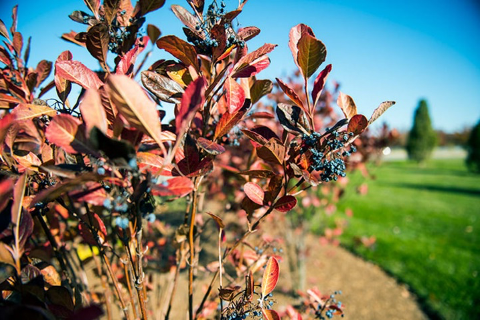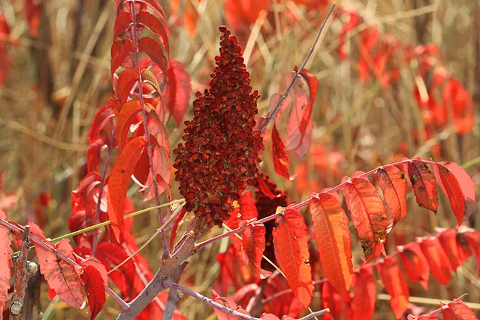Master Gardeners: Late-fruiting shrubs for garden beauty
Published 12:27 am Saturday, October 30, 2021
|
Getting your Trinity Audio player ready...
|
Edited by John Green
Originally published 10/20/20 by Molly Marquand
Winter is close at hand and for many Southeast Texas gardeners, winter seems long, dull, and monotonous. Know this fellow gardener, it doesn’t have to be. Late-fruiting trees and shrubs can bring color and texture back, even as our garden enters the darkest months of the year. These plants can literally bring life to the garden, too, as they draw birds and other wildlife to feast upon their fruits.
- American persimmon (Diospyros virginiana)
By mid-fall, East Coast–native persimmon is devoid of leaves and replete with blazing orange fruit that delights diminutive warblers and knee-high wild turkeys alike. Provide full to part sun and moist soil for best results, although this tree adapts to wet soil too. Choice cultivars include ‘Eureka’, known for its heavy yields; ‘Fuyu’, bears medium-sized fruit and is self-pollinating; ‘Tane-nashi’, a good choice if you have room for just one tree. USDA Zones 4–9. Read more about American persimmon here.
- American holly (Ilex opaca)
This shrub provides richness in the landscape with both its dark evergreen foliage and its scarlet winter drupes. The species hails from the Southeast and Mid-Atlantic and it is a good draw for many kinds of songbirds as wells a larval host for Henry’s elfin butterfly. Protect this plant from drying winter winds and plant it in evenly moist, acidic soil, in full to part sun. A male and a female cultivar are needed for fruit set. Zones 5–9. Read about additional recommended hollies here.
- American beautyberry (Callicarpa americana)
This is one of the flashiest autumn shrubs, with vivid purple fruits that line long, arching branches. A fast grower, it needs some space to ramble. It can adapt to various soil types, but it will decline without enough sun. Provide some protection such as a winter mulch in the coldest corners of its range. Zones 6–9. Read more about American beautyberry here.
- Smooth witherod (Viburnum nudum)
This US-native viburnum makes quite a sight when its fruits turn inky blue and its leaves blaze crimson. Beloved by pollinators in spring and by wildlife of all kinds, it is a true ecological anchor for the garden. Give it full sun or part shade and moist to wet soil. ‘Winterthur’ is a compact selection suited to foundation plantings. Zones 5–9. Read more about witherod here.
- Sumacs (Rhus)
A handful of North American species offer excellent attributes for the garden setting. Their maroon fruits persist and stand out against snow and their glossy leaflets turn gorgeous shades of red, purple, and orange before they drop away for winter. Sumacs do need space; they are best kept to the edges of a garden or a loosely maintained area of the property.
If you have gardening questions, please contact Orange County Master Gardeners:
Website: https://txmg.org/orange
Facebook: Orange County Texas Master Gardeners Association
Orange County Master Gardner Helpline: (409) 882-7010
Email: extension@co.orange.tx.us


